The "Lost Saraswati Civilization" is an edited work of Deo Prakash Sharma and madhuri Sharma. Till today around 2668 Harappan and its associated sites have been reported in north-West south Asia in which 1100 sites are located on dry banks of river Saraswati and its tributaries. During 3rd millennium B.C. Hindon was a tributary of river Saraswati and around 250 Harappan sites have been reported on the banks of river Hindon, mandi, Hulas, Alamgirpur, Sanuoli Toppal are important Harappan sites located on the bank of river Hindon which is now a tributary of yamuna. We have excavated 208 Harappan sites. Ganweriwala is the largest (350 hectares) Harappan site located on dry bank of Saraswati (or Hakra) in Cholistan (Pakistan). Few excabvated harappan sites in Saraswati region are Desalpur, Dholavira, kalibangan, Bhirrana, Barror, Dhalewan, Banawali, Kunal and Rakhigarhi. Saraswati or Hakra or Ghaggar was a holy river. From 6000 B.C. to 1800 B.C. Saraswati flowed from south of Siwalik through Himachal, Haryana, Punjab, Northern Rajasthan and Finally was joining Desalpur in Arabian sea. Due to tectonic disturbance in the Siwalik, Saraswati river course moved streadily in the clockwise direction eventually flowing eastsouth east rather than south. The stream captured by the emerging Yamuna river compromised its water shed and river Saraswati began to dry up around 1800 B.C. Archeologists observed after analyzing literature and remote sensing images that river Saraswati flowed through Rajasthan desert. This lost river Saraswati was 1500 km. Long and between 3 to 12 km. Wide. This volume includes 27 papers.
ABOUT THE AUTHOR Deo Prakash Sharma
Deo Prakash Sharma is an Art Historian, Museologist and field Archaeologist participated in the excavations at Pangoraria, Mansar, Narmada Valley, Bhimbetka Chopani - Mando, Mehagarha, Koldihwa, Mahadaha, Sringaverpura and Bharadvaj Ashram. Besides, he did extensive exploration in the districts of Fatehpur, Pratapgarh and Allahabad in U.P. and in Sehor District in Madhya Pradesh. Anopther significant contribution of the author is the discovery of Menander (Posthumous) Brahmi inscription from Reh. During 1983-84 he was awarded Commonwealth scholarship and he meritoriously qualified M.A. (Archaeology) with specialization in Palaeolithic Archaeology of the world and Pre-history of South East Asia and Australia from the Institute of Archaeology, London. He participated in the excavations at Sussex under the team of Archaeologists of Institute of Archaeology, London and at Pincentvetn (France) under Prof. Gaurhan and Mark Newcomer, both world famous Rock-art specialist. In 1985 he joined as Dy. Keeper, Pre-History and Archaeology at National Museum, New Delhi. In 1993 he was promoted as Keeper Education in National Museum. At present he is the Head of the Harappan, Pre and Proto-history and Early Archaeology collection at National Museum, New Delhi. The author has published 122 papers and ten books of which a few are listed here, Early Buddhist Metal Images of South Asia; Indus script on its way to Decipherment; Harappan Seals, Sealings and Copper Tables; Harappan Art Vol. I; Harappan Terracottas; Harappan Jewellery; Pre-historic Indian and South East Asia (Press) and Harappan Archaeology (Press) and Archaeology of Lower doab.
ABOUT THE AUTHOR Kadambini Pandey
Kadambini Pandey is urban planner and architect. She is at present a teacher planning in York University, Canada. She has published 3 books including Harappan Architecture and Planning.
ABOUT THE AUTHOR Madhuri Sharma
Madhuri Sharma did her M.A. in Ancient History. She passed Post-graduate diploma in Museology. She did some research work on Application of Statistics in Prehistoric Archaeology in Deccan College, Poon. She participate in excavations at Pangoraria, Chopani Mando and Bhardwaj-Ashram. She also participated in an International Seminar at Hong Kong University and she has published two books and sixty Research papers. Her important publication is MUSEUM AND MUSEOLOGY. At present she is engaged in a research project on early metal Images of South Asia. She has done a project on documentation of Early Metal Images in Museums of U.P.

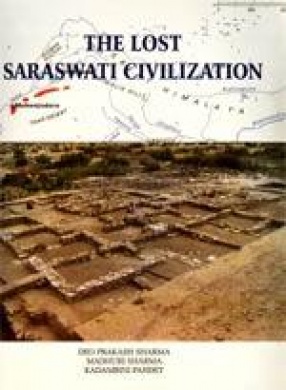
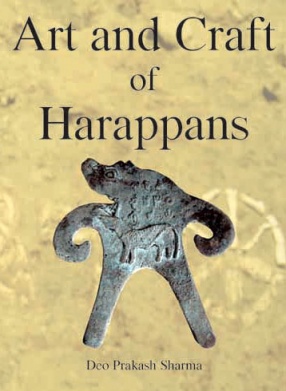
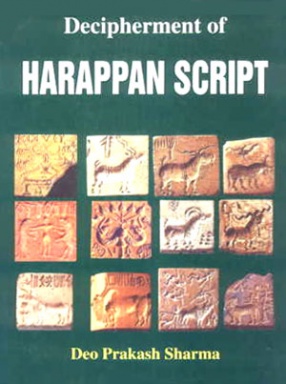
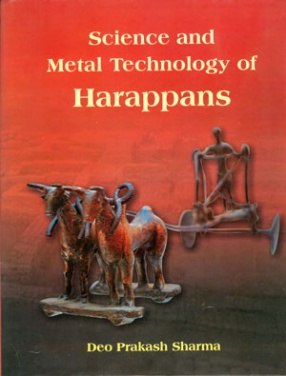
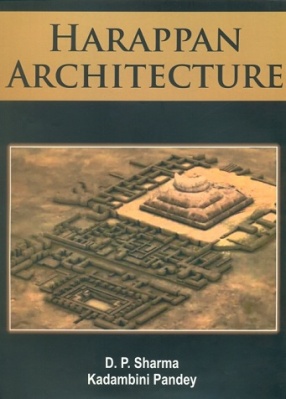
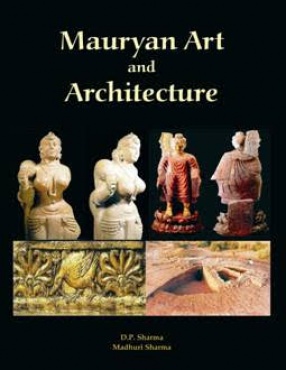
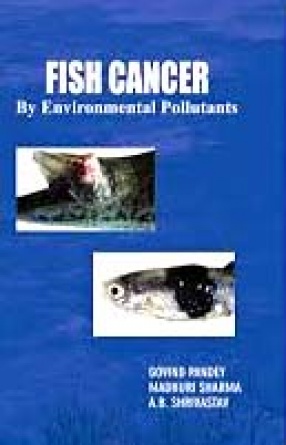
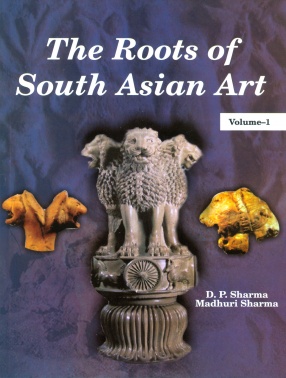
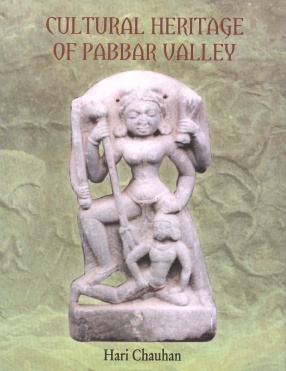
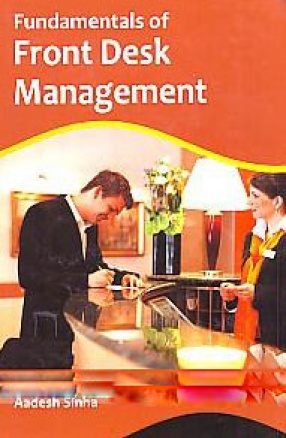

There are no reviews yet.